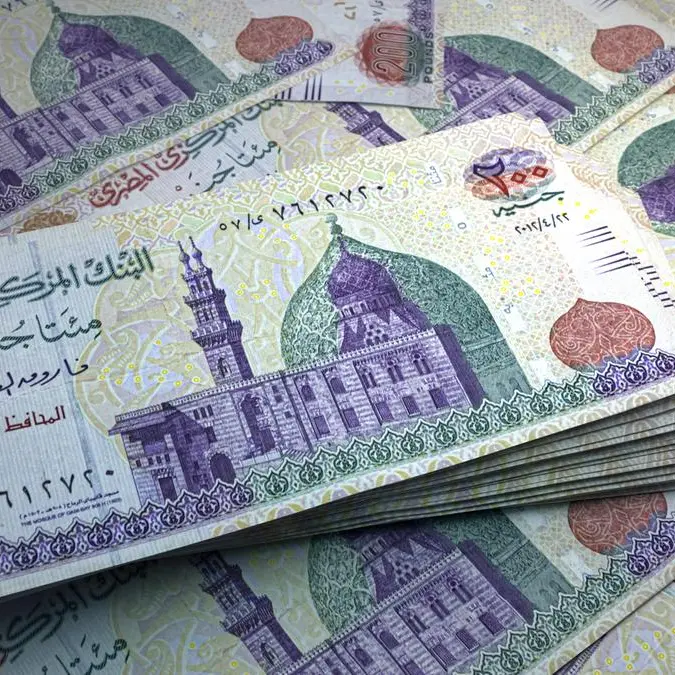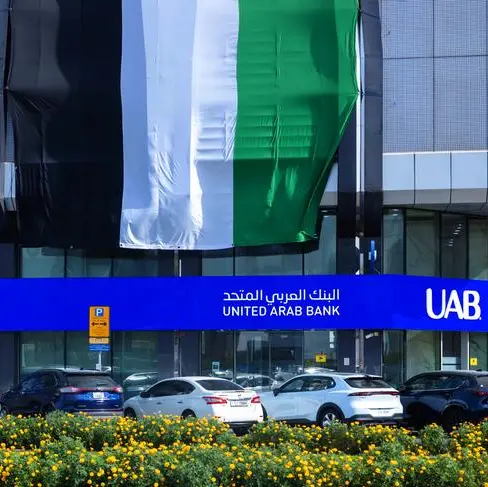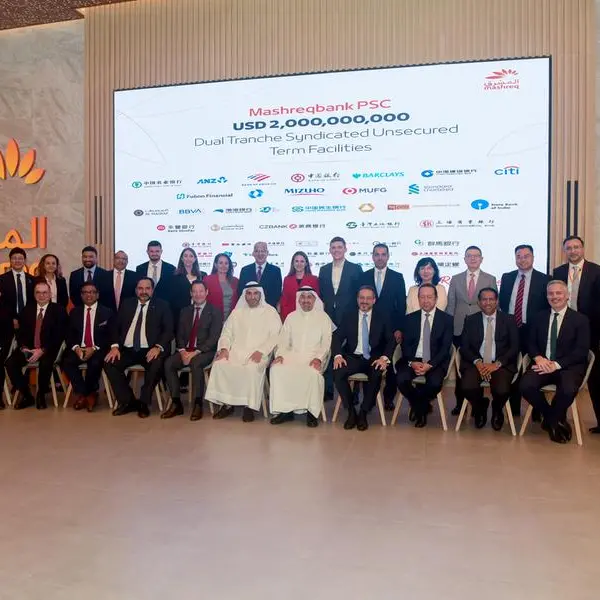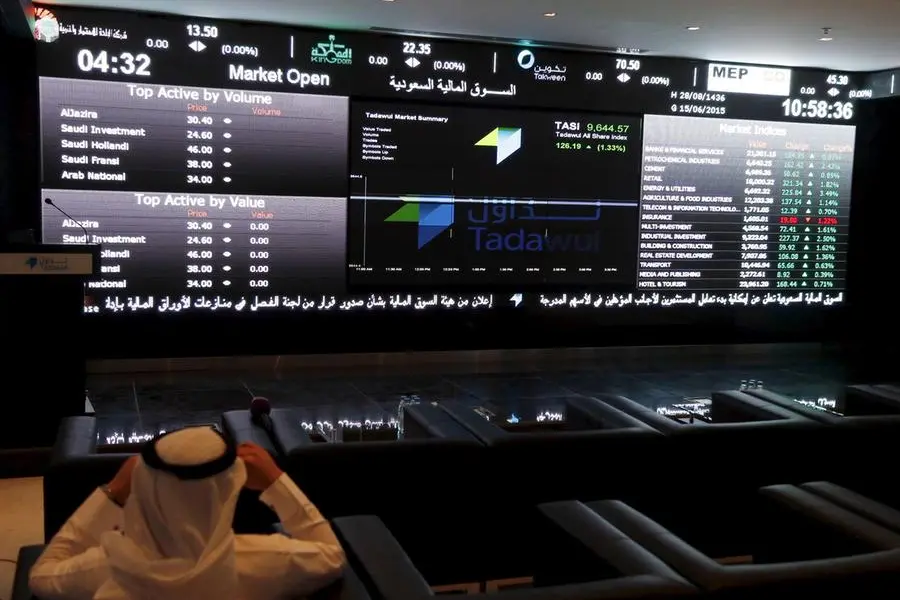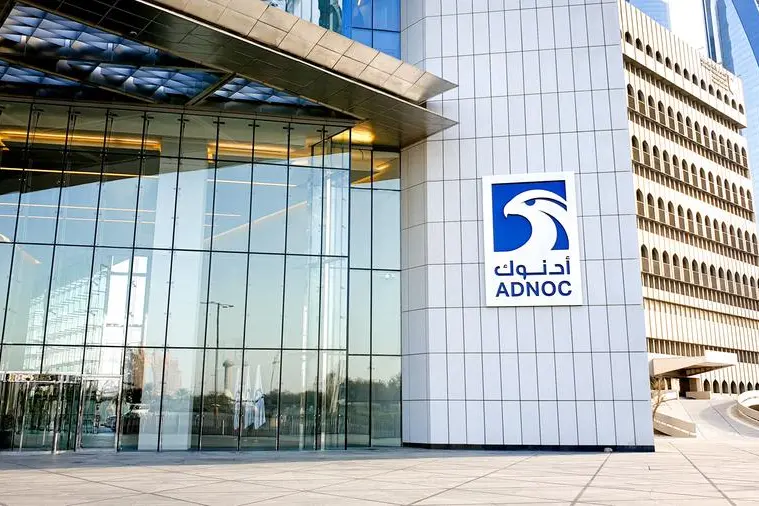PHOTO
Qatari insurers’ profitability metrics, particularly underwriting performance and return on equity have outperformed those of other GCC insurers, according to S&P
The Qatari insurers’ profitability metrics, particularly underwriting performance and return on equity (ROE), have outperformed those of other GCC insurers, S&P Global Ratings has said in a report.
The other tailwind favouring local insurers, according to S&P, is that exposure to natural catastrophes and potential earnings volatility from weather events is relatively low in Qatar.
However, S&P cautioned that Qatari insurers’ exposure to equity and real estate assets is high and could cause earnings and capital volatility.
Despite ongoing geopolitical tensions and global trade disputes, S&P forecasts that economic conditions in the Gulf Co-operation Council (GCC) region will remain favourable in 2025.
“We expect economic expansion, population growth, and mandatory insurance schemes will increase insurance demand in most GCC countries this year. Overall satisfactory underwriting results and relatively high interest rates will support earnings,” the report said.
Yet, S&P noted that increasing competition and volatile equity markets could weigh on bottom line results. The size and profitability gaps between large and small companies will likely continue to widen.
“Although we forecast that credit conditions of highly rated insurers in our portfolio will remain stable, we anticipate that the credit strength of some smaller and midsize insurers could continue to weaken. This is because ongoing topline growth, weak earnings, and high operating costs could impair these players’ capital and solvency buffers,” the report said.
Ongoing infrastructure developments, introduction of mandatory insurance schemes, population growth, and rate adjustments have been key growth drivers, particularly in Saudi Arabia and the UAE, where the size of insurance markets doubled over 2020-2025.
S&P projects top-line growth of about 5%-15% in most GCC insurance markets in 2025.
Apart from the UAE, insurance penetration – measured by gross written premiums divided by GDP – remains relatively low in GCC countries, compared with other regions, S&P noted.
However, GDP data in the GCC region captures the high income from the oil and gas sector, meaning insurance penetration ratios are distorted.
Growth potential is significant, particularly in the long-term life and savings sector.
The long-term life and savings business represents only 5% of total premium income in Saudi Arabia and Qatar.
The rating outlooks on insurers in S&P’s portfolio, which typically comprises market-leading insurers, are mainly stable, supported by robust earnings and capitalisation.
About 90% of rated insurers hold capital at the highest level, as per our risk-based capital adequacy model.
“That said, we expect some rated and not rated smaller and midsize insurers could face headwinds in 2025 if competition further intensifies. This could widen the gap between top-tier and lower-tier insurers,” S&P said.
© Gulf Times Newspaper 2022 Provided by SyndiGate Media Inc. (Syndigate.info).
Pratap John



